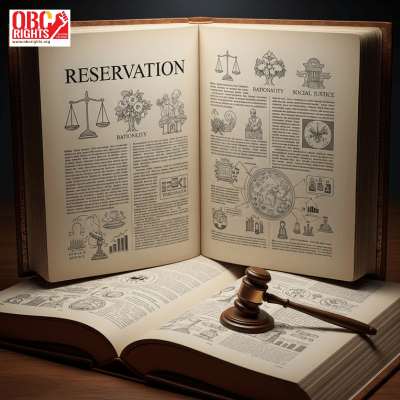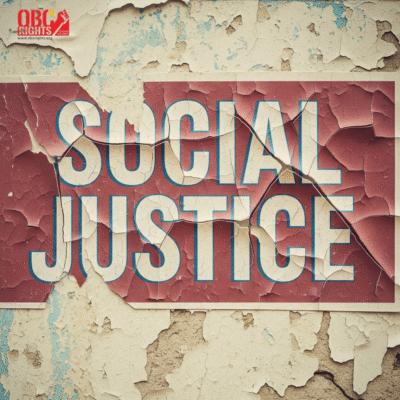When we talk about social justice in India, it’s impossible to ignore the long ever ever-enduring, painful struggle of the Other Backward Classes (OBCs). The period between 1950 and 1992 stands out as the Dark Era of OBC history — a time marked by neglect, denial, and delayed justice at the national level.
A Constitutional Promise Ignored
The Indian Constitution, adopted in 1950, provided clear provisions for social upliftment through Articles 15(4) and 16(4) (Since 1951) — allowing the state to make special provisions for the advancement of socially and educationally backward classes. They established the legal foundation for offering reservation benefits in the educational and job sectors. However, for over four decades, this promise was never fulfilled for OBCs.
While Scheduled Castes (SCs) and Scheduled Tribes (STs) began to receive reservation benefits so early on, OBCs were kept out of the picture. This intentional exclusion became the defining feature of the Dark Era of OBC history in India.
Reports That Were Silenced :
Two important commissions were set up to study the situation of backward classes:
- The First Backward Class Commission, led by Kaka Kalelkar between 1953 and 1955, submitted its report in 1961
- Second Backward Class Commission – led by B.P. Mandal (1979), submitted its report in 1980
Shockingly, both these reports were ignored or sidelined. While the Kalelkar Commission’s report itself did not support OBCs, the Mandal Commission’s report sat unaddressed for about ten years. The political will to act was seriously missing.

A Turning Point: VP Singh and the Mandal Era
The long wait ended only when V.P. Singh became the Prime Minister in 1989. On August 13, 1990, his government announced a 27% reservation for OBCs in central government jobs — a historic move that finally recognized the rights of nearly 52% of India’s population.
But the Forward Communities strongly opposed the move. The policy was challenged in the Supreme Court, leading to the landmark Indra Sawhney case (WP Civil No. 930/1990). The final verdict came on November 10, 1992, where the Supreme Court upheld the 27% OBC reservation but introduced the caveat/restriction of the “creamy layer”, excluding sections within the OBCs from availing the benefit.
A Lesson in Injustice
The Dark Era of OBC shows that delaying justice is, in effect, denying it. For over 40 years, millions of OBC youth were denied opportunities that were rightfully theirs, not because the Constitution didn’t allow it, but because the political leadership refused to act. Even today, many of the principles laid out in the Constitution and the Indra Sawhney judgment are being selectively ignored.
Why This History Matters
Understanding the Dark Era of OBC is not just about looking back; it’s about staying vigilant. It shows that the mission for equal rights and recognition is has not gone into the minds of Political parties/politicians, and must be pursued by every generation with awareness and strong will.



